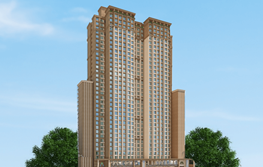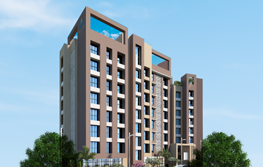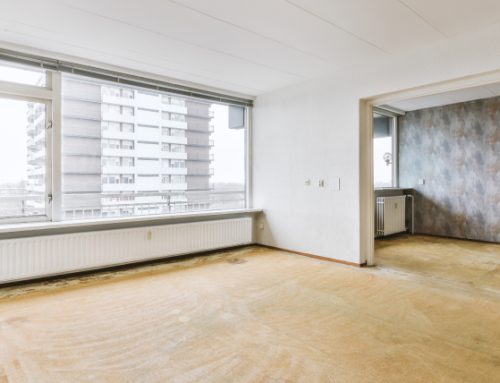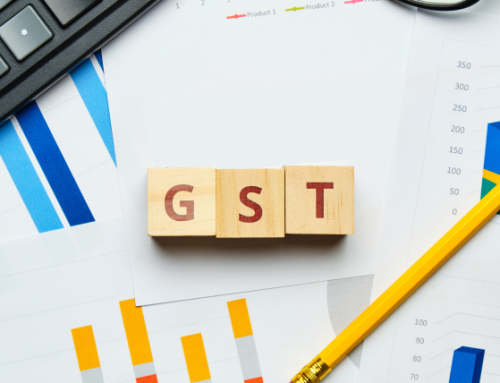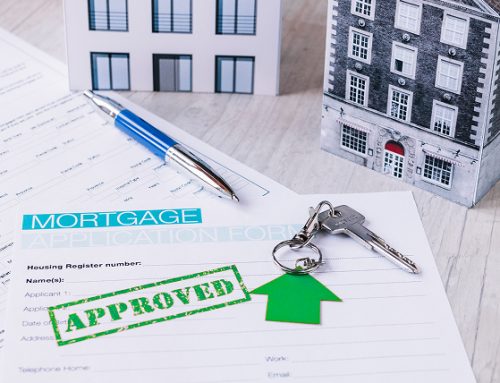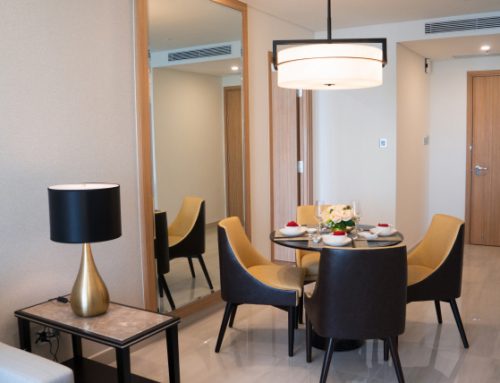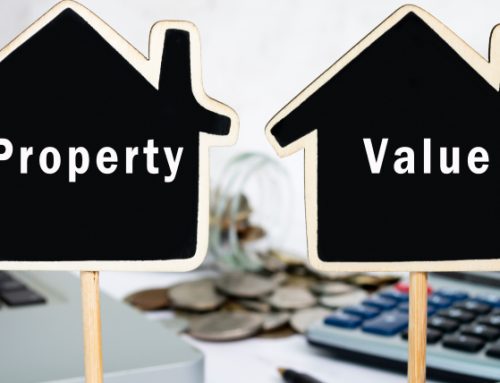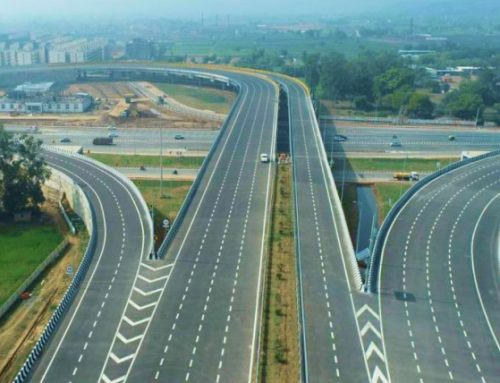Questions that a potential buyer needs to answer before he takes the plunge. Don’t get us wrong. We don’t want to shatter your dreams to own a house. We just want you to take a reality check. Your answers will tell whether you are in a position to buy and if real estate is indeed the best investment option for you.
If most of them are answered in a ‘no’, take a step back and revisit your plans. You may decide to save more for a bigger down payment, buy a smaller house, invest in a cheaper city.
Can you afford the home loan EMI?
It might sound a no-brainer, but many home buyers get this wrong and bite off more than they can chew. The home loan EMI should be around 40% of your net household income. But that is if you don’t have other loans. A high EMI outgo can put your household budget under pressure.
If the home loan EMI accounts for more than 50% of the net household income, other goals will have to be downsized or junked altogether. Banks have their own methods of calculating your affordability.
They will also take into account your liabilities before sanctioning a loan. Don’t be fooled into thinking that the recent cut in home loan rates have made property a viable investment. It will have a marginal impact on the total EMI. A 25 basis point cut will reduce the EMI of a Rs 50 lakhs loan for 20 years by Rs 826.
If you go for a home loan, make sure you have enough room to wiggle in case the interest rate cycle takes an unexpected turn. If home loan rates go up, your EMI will not rise, but the lender will extend the tenure. But if the tenure extends beyond your retirement, the lender will have no choice but to increase the EMI. If your income does not support the increased EMI, the lender might ask you to make a part payment to reduce the EMI to fit your budget.
So, make sure you don’t take a loan that stretches your finances to their limits. It’s easy to get ambitious and go for a bigger loan if you are expecting generous increments in the coming years. Don’t make the cardinal mistake of leveraging on future income. This year was good for increments and indications are that 2016 will bring more good news.
But not all sectors and companies will dish out fat increments. According to a survey of 602 companies across India by the Kolkata-based Genius Consultants, 48% companies say that increments next year will be between 10-15% while 11% believe they will be around 15-20%.
But 29% also expect increments to be between 5-10% while another 10% believe they will be less than 5%. So, not everyone will see a big rise in income. Also, while your income would certainly rise, but so would your expen.
A good chunk of the increment is nullified by inflation and increased consumption. As your children grow, their education costs and other expenses also rise. Your own lifestyle changes, which means the entire increment may not be available for paying the home loan EMI.
Have you factored in the other costs?
Like many other products, a house also has ancillary costs that need to be paid for. The price advertised in the media is usually the base price of the property. The add-ons are usually kept hidden till you sit down with your cheque book. Many builders will slip in charges for facilities that you thought were free with the property.
Others will keep certain charges hidden from the buyer by tucking them away in the fine print. Some charges, like the preferential location surcharge or the gym membership fee, are kosher, but others are not. There have been cases where builders have been dragged to court for charging extra for parking.
These apart, there are other big-ticket add-ons such as the legal costs. The stamp duty and registration charges payable to the authorities add up a neat 7-8% to the overall price of the property. In all, these charges can combinedly push up the property price by 20-25% (see table). Make sure you have factored in these additional costs.
Have you done a thorough rent versus buy analysis?
The old saying that “fools build houses and wise men live in them” has been proved incorrect several times in the past. But the high property prices across cities mean that renting is certainly a better option now (see graphic). Let us look at a hypothetical family planning to buy a house in Mumbai. A 2-BHK house will cost them close to Rs 1.2 crore.
f they put in Rs 40 lakh as downpayment and take a loan of Rs 80 lakh, the EMI for 20 years comes to about Rs 76,500. They also lose around Rs 23,500 in interest that the Rs 40 lakh downpayment could have potentially earned. Their total cost per month comes to Rs 1 lakh while they can easily get a similar house on rent in Mumbai for about Rs 40,000-45,000 a month. Don’t go by hypothetical examples.
Instead, do an empirical analysis to know whether you should buy a house or live on rent. There are many rent-or-buy calculators available online, but we particularly like the one developed by Bigdecisions. com. It’s a sophisticated online tool that takes into account several things, including the cost of the house, the amount of downpayment, the rate of interest of the home loan, the expected appreciation in the house price, the rent payable for a similar accommodation in the area and even expected hike in the rent every year.
It may be argued that a house is an asset and any appreciation in its capital value adds to your wealth. That’s true, but prices in Mumbai have either stagnated or risen marginally by 2-3% in the past one year. However, the real estate market is very localised and the situation may be different in other cities.
TAKE A TEST DRIVE
Planning to buy a house but feeling unsure? Before you take the plunge, just calculate the home loan EMI you will have to pay every month. If you take a loan of Rs 50 lakh at 10% for 20 years, the EMI works out to Rs 48,250. Now start putting away that amount in a short-term debt fund or recurring deposit.
In 10-12 months you will figure out whether you can really afford the EMI. If you find it difficult to put away that amount every month, imagine your situation if you had actually bought the house.
On the other hand, if you don’t feel the pinch and all other goals have also been taken care of, go ahead and buy. In 12 months, you would have saved around Rs 6 lakh, which means a bigger downpayment. There are some fringe benefits as well: if you are putting away a big chunk into savings every month, it will prevent you from wasteful expenditure.
Will the value of the property rise faster than the interest on loan?
In the early 2000s, when home loans were available at 6-7% and property prices were galloping at 20-25%, it made eminent sense to invest in an upcoming apartment project. You could book two properties and sell one of them after a few years for a profit big enough to repay the entire loan taken for the first property. Those days are now history.
If you are buying property as an investment with a loan, first assess whether its price will appreciate at a rate higher than what you are paying on the loan. “If you are payings 10% on the loan and the property price is expected to appreciate by 5-6%, then it is a bad buy
Though fewer people expect prices to fall, a large chunk (55%) believe they will remain the same for the next 6 months. But even a stagnation in the price is actually a correction in real terms. You will be paying close to 10% interest on a loan to buy an asset that will not increase in value for the next 6-12 months.
Will this purchase force you to postpone other major goals?
Stagnant property prices and high EMIs are not the only problems that potential home buyers should be wary of. Their home buying plans can have serious implications on other financial goals, such as saving for their children’s education and marriage and their retirement. If the home loan EMI is too big, it will push other goals out of the financial plan. Worse, buyers might have to liquidate existing inv ..
Do you have a contingency fund?
Real estate is not a liquid investment. You can’t sell it at short notice, nor break it up into parts. Invest in it only if you do not need that money at short notice. This also means one must have an emergency fund to take care of 3-6 months’ expenses. If you plan to use your emergency funds to pay the downpayment, you could be making a big mistake. A financial emergency can put you in a terrible spot, with the home loan EMI exacerbating the problem.
The only possible loan is if the house has been given out on rent. Then you can take a loan against the rent receivable from the property. But such loans come with strings attached: the loan amount will be only 55-85% of the receivable rent for the residual lease cover. If the lease is ending soon, the bank won’t offer a big amount.
When you buy a house, make sure you have enough investments in near-cash instruments that can be quickly accessed in an emergency. Also, don’t touch this emergency fund even if you find it difficult pay the home loan EMI.
Will you live there for 10-15 years?
We live in a society that assigns great importance to physical assets. Owning a home is seen as a sign of achievement and stability. However, buying a house too early in your career can hamper your prospects.
But that will also mean paying an EMI as well as rent. Can your pocket afford this double burden? The burden can be eased if you rent out your house when you relocate. But finding a reliable tenant and maintaining the property can be a pain. The hassles only get bigger if you are based in another city.
Selling off the house is not an easy solution. Property is not very liquid and finding a buyer at the right price can take weeks, even months. Plus, there are very high entry costs in the form of registration and transfer charges.
Buy only if you are sure that you will live in the city for the next 10-15 years. There is also a lot of parental pressure on young investors to buy a home early in life. Parents can’t really be blamed. Their perception is based on their experience of how property prices have gained in the past 20-30 years.
Source – economictimes.indiatimes.com

